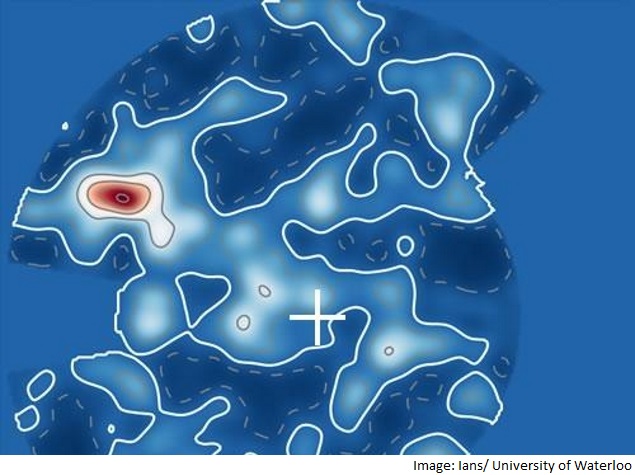Researchers Create 3D Map of Universe Spanning 2 Billion Light Years
Advertisement

Astrophysicists have created a 3D map of the universe that spans nearly two billion light years and is the most complete picture of our cosmic neighbourhood so far.
The spherical map of galaxy superclusters will lead to a greater understanding of how matter is distributed in the universe and provide key insights into the mysterious dark matter, the researchers noted.
The galaxy distribution is not uniform and has no pattern.
"It has peaks and valleys much like a mountain range. This is what, we expect if the large-scale structure originates from quantum fluctuations in the early universe," explained professor Mike Hudson from University of Waterloo.
The lighter blue and white areas on the map represent greater concentrations of galaxies.
Advertisement
The red area is the supercluster called the "Shapley Concentration", the largest collection of galaxies in the nearby universe.
Unexplored areas appear in medium blue.
"Knowing the location and motion of matter in the universe will help astrophysicists predict the universe's expansion and identify where and how much dark matter exists," Hudson explained.
Advertisement
Scientists have observed that galaxies move differently because the universe's expansion is not even.
These differences are called peculiar velocities.
Our own Milky Way galaxy and its neighbour Andromeda are moving with a speed of two million km per hour.
Advertisement
These deviations in the motion of galaxies are a valuable tool to determine the distribution of matter and dark matter on the largest scales.
"A better understanding of dark matter is central to understanding the formation of galaxies and the structures they live in, such as galaxy clusters, superclusters and voids," Hudson concluded.
The study appeared in the peer-review journal Monthly Notices of the Royal Astronomical Society.
For the latest tech news and reviews, follow Gadgets 360 on X, Facebook, WhatsApp, Threads and Google News. For the latest videos on gadgets and tech, subscribe to our YouTube channel. If you want to know everything about top influencers, follow our in-house Who'sThat360 on Instagram and YouTube.
Advertisement
